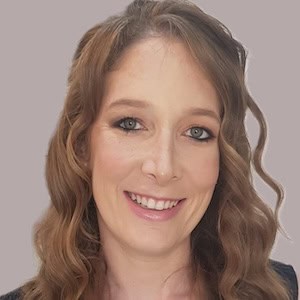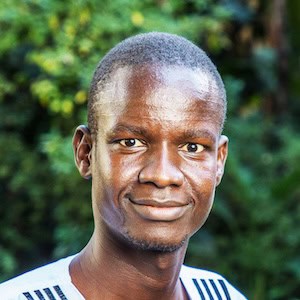-
Weekly Roundup 7/27/13 – Sparking the Diaspora
Harnessing the power of the diaspora, not just as a means of familial economic assistance, but also for wider financial and infrastructure investment, is getting less theoretical and more applied. That’s especially thanks to the power of social media to pull expatriate investors together, and the ease of money transfers. It seems the next big wave of financial innovation is coming in the form of products like diaspora bonds and profit-seeking, albeit patient capital, diaspora funds.
- Categories
- Uncategorized
-
Seeking Scalable Solutions to Promote Nutrient-Rich Food: Insights from young innovators in Ashoka Changemakers’ Nutrients for All idea exchange
To have widespread, affordable access to nutrient-rich food, we need to work with the food industry, and take advantage of advances in science and technology. But how can this work in practice? Ashoka Changemakers and Thought for Food hosted an idea exchange with several young innovators, who discussed their work and the challenges of making nutritious food widely available.
- Categories
- Agriculture, Health Care
-
Frugal Innovation Meets IT Momentum : Why Kenya is emerging as a leader of both
Kenya also is emerging as a perfect experimentation field for "frugal innovation" for multinational companies. Google, IBM, and Microsoft have installed their regional headquarters there. Following Nokia, IBM is now opening its R&D lab in Nairobi. So when the A factor decided to scout for the next Innovation Tour, Nairobi emerged as an evident answer. The Kenyan capital has been rising in the last year as the most promising IT hub on the continent’s eastern shore.
- Categories
- Technology
- Tags
- incubators
-
The Mobile Alliance for Maternal Action: Using mobile technology to improve maternal health access in South Africa
According to UNICEF, 4,300 mothers die in South Africa every year due to complications of pregnancy and childbirth, 20,000 babies are stillborn and another 23,000 die in their first month of life. In total, 75,000 children do not make it to their fifth birthday.
To address these challenges, mobile technologies are providing women with access to life-saving maternal health information.- Categories
- Health Care, Technology
- Tags
- public health
-
Economies of Scale or Diseconomies of Enormity: Should there be more mergers and acquisitions of international development NGOs?
In the for-profit sector, mergers and acquisitions (M&A) are ways to ensure that the most effective organizations survive and achieve greater scale. This improves cost-effectiveness in the overall market and spreads best practices more widely. But with the large numbers of NGOs in international development, why don’t we see more M&A activity in the non-profit sector? In light of the recent Merlin and Save the Children merger, WDI’s Prashant Yadav explores some reasons.
- Categories
- Uncategorized
-
Tractors for Hire: Developing a new business in post-conflict Northern Uganda
In northern Uganda, 20 years of violent conflict forced hundreds of thousands of farmers to wait in aid camps, leaving the land fallow and an agriculturally-based economy destroyed. Now, with the closure of the camps and a growing peace, farmers are building back and reinvesting in the land. But a lack of tractors could keep the region hungry.
- Categories
- Agriculture
-
Impact Investment and Beyond: Mapping support for social enterprises
There is a lot of excitement about social enterprise, and a lot of interest in understanding, financing and supporting these enterprises. But there has been no comprehensive data on the actual amount of capital investment and non-financial support given to social enterprises and the development of their market infrastructure. ODI undertook a study to establish existing data gaps and to see if it was both feasible and useful to compile this data. Emily Darko of ODI describes their findings.
- Categories
- Education, Social Enterprise
- Tags
- impact investing, research
-
Measure for Measure Series – More is Not Always Better: When calculating impact, the sample size may be smaller than you think
How many people should I include in my assessment sample? This is a central issue for any organization thinking about doing impact assessment. Very large samples may be too expensive for your organization to collect. Overly small samples may fail to provide confidence that any impacts that you find are statistically significant.
- Categories
- Impact Assessment









